Ask Ayurvedic doctor a question and get a consultation online on the problem of your concern in a free or paid mode. More than 2,000 experienced doctors work and wait for your questions on our site and help users to solve their health problems every day.
Shop Now in Our Store
What Is Mud Therapy? Pelotherapy Benefits, Ayurvedic Use, and Treatment Guide

If you’ve ever wondered what is mud therapy and why so many holistic wellness centers rave about it, you’re not alone. Once considered an old-school spa gimmick, mud therapy — also known as pelotherapy — is now gaining real traction for its health benefits, backed by both Ayurveda and modern science. From glowing skin to detoxing your body, from relaxing your nervous system to possibly aiding in weight loss, mud therapy is a hidden gem in the world of natural healing.
So, whether you're looking to try mud therapy at home or just curious about the benefits of mud therapy, this guide will walk you through everything you need to know. From how it works to the different types of mud therapy and even which mud is used for mud therapy, we're digging deep — pun fully intended.
Let’s get a little messy in the best possible way.
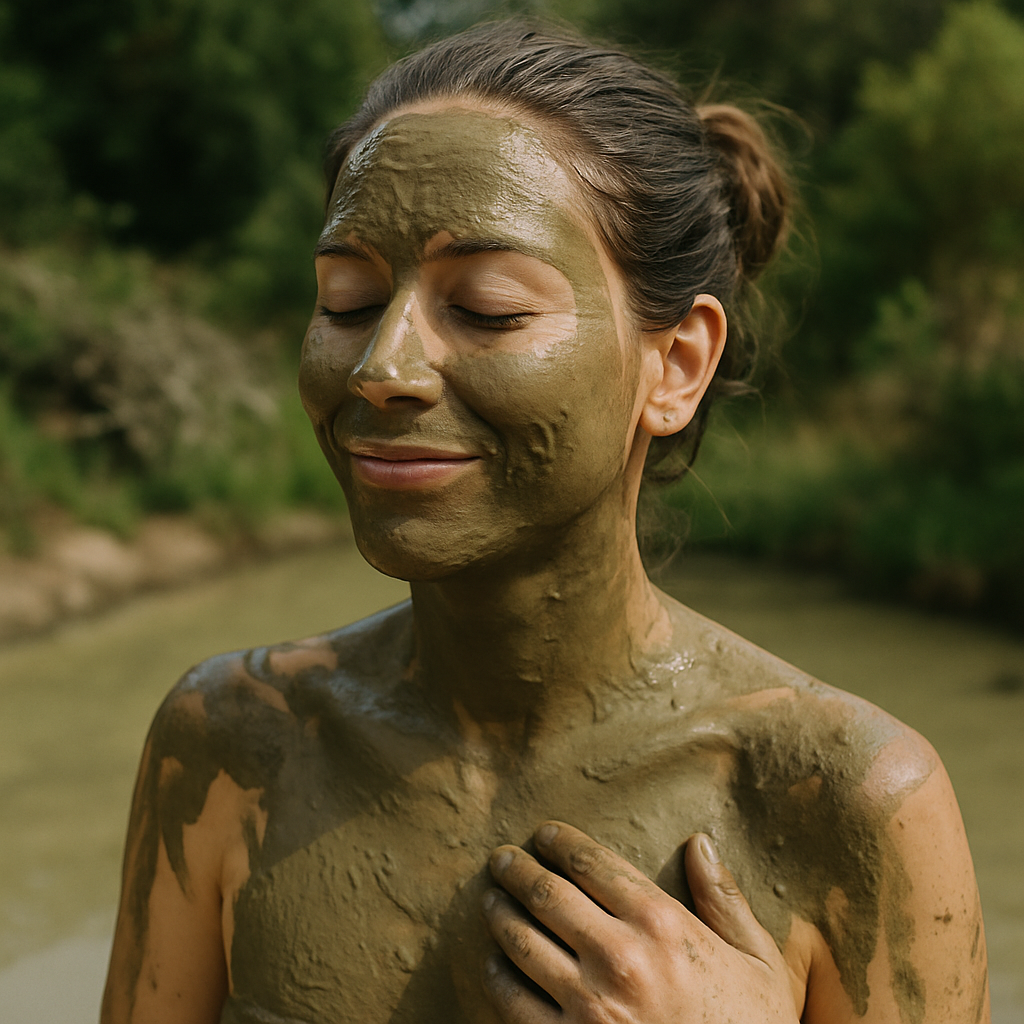
What Is Mud Therapy and How Does It Work?
Mud therapy is the practice of using mineral-rich mud or clay to heal, detoxify, and rejuvenate the body. Simple, right? But don't let the simplicity fool you — the results can be surprisingly profound. It’s not just slapping mud on your face (although, that’s part of it); it’s a full-body therapeutic treatment rooted in natural wellness principles.
At its core, mud therapy works by leveraging the Earth’s natural minerals to stimulate circulation, draw out toxins, and calm inflammation. Think of it as nature’s way of resetting your system. Whether it’s a localized mud pack on your abdomen or a luxurious mud bath therapy session, this treatment offers tangible benefits for body and mind alike.
Pelotherapy and Mud Therapy: Are They the Same?
Yes — and no. While the terms are often used interchangeably, pelotherapy specifically refers to therapeutic treatments using clay or mud (or “peloids”) in medicinal or spa contexts. Mud therapy is a broader term that includes not just pelotherapy but also traditional and Ayurvedic approaches to using earth-based elements for healing.
Basically, all pelotherapy is mud therapy, but not all mud therapy is pelotherapy. Confusing? Maybe a little. But both offer significant healing potential.
Ayurvedic Origins of Mud Therapy and Natural Healing
Mud therapy in Ayurveda dates back thousands of years. Known for its emphasis on balance, Ayurveda sees mud not just as dirt, but as a living, breathing substance filled with prana — or life energy.
In Ayurvedic philosophy, different types of mud have different energies (gunas) and can be used to balance the body’s doshas: Vata, Pitta, and Kapha. Mud is seen as grounding, cooling, and detoxifying, making it perfect for excess Pitta and Kapha imbalances. Some ancient texts even mention ayurvedic mud therapy for treating chronic fevers, digestive disorders, and skin conditions.
Mud Therapy Benefits Backed by Ayurveda
It’s easy to dismiss mud as just, well… mud. But the mud therapy benefits are wide-ranging and surprisingly backed by traditional wisdom and emerging research.
Benefits of Mud Therapy for Skin, Stress, and Detox
Let’s start with the obvious: skin.
Mineral-rich mud can help unclog pores, absorb oil, and reduce acne. But beyond the face mask, full-body mud packs or wraps help detox the skin by drawing out impurities and heavy metals — yes, those are hiding inside us.
Then there’s stress relief. When applied warm, mud acts like a gentle hug from the Earth. It soothes nerve endings, lowers stress hormones, and even helps improve sleep. Honestly, one session and you might be hooked.
Oh, and detox? Your lymphatic system gets a serious boost from regular mud therapy treatments. Combined with sweating during mud bath therapy, this natural cleanse leaves you feeling lighter — inside and out.
Mud Therapy for Weight Loss and Metabolic Balance
Now, we’re not saying mud will melt off the pounds overnight. That’s just... not realistic. But mud therapy for weight loss isn’t a gimmick, either.
Ayurveda teaches that toxin buildup and imbalanced doshas can lead to stubborn weight gain. Regular mud packs on the abdomen help cool inflammation, stimulate digestion, and improve metabolic function. In some spa settings, mud wraps are even used to reduce bloating and water retention.
People report feeling slimmer and lighter, though results vary. Combine this with a healthy diet and movement, and mud therapy becomes a powerful support tool — not a miracle fix, but a real ally.
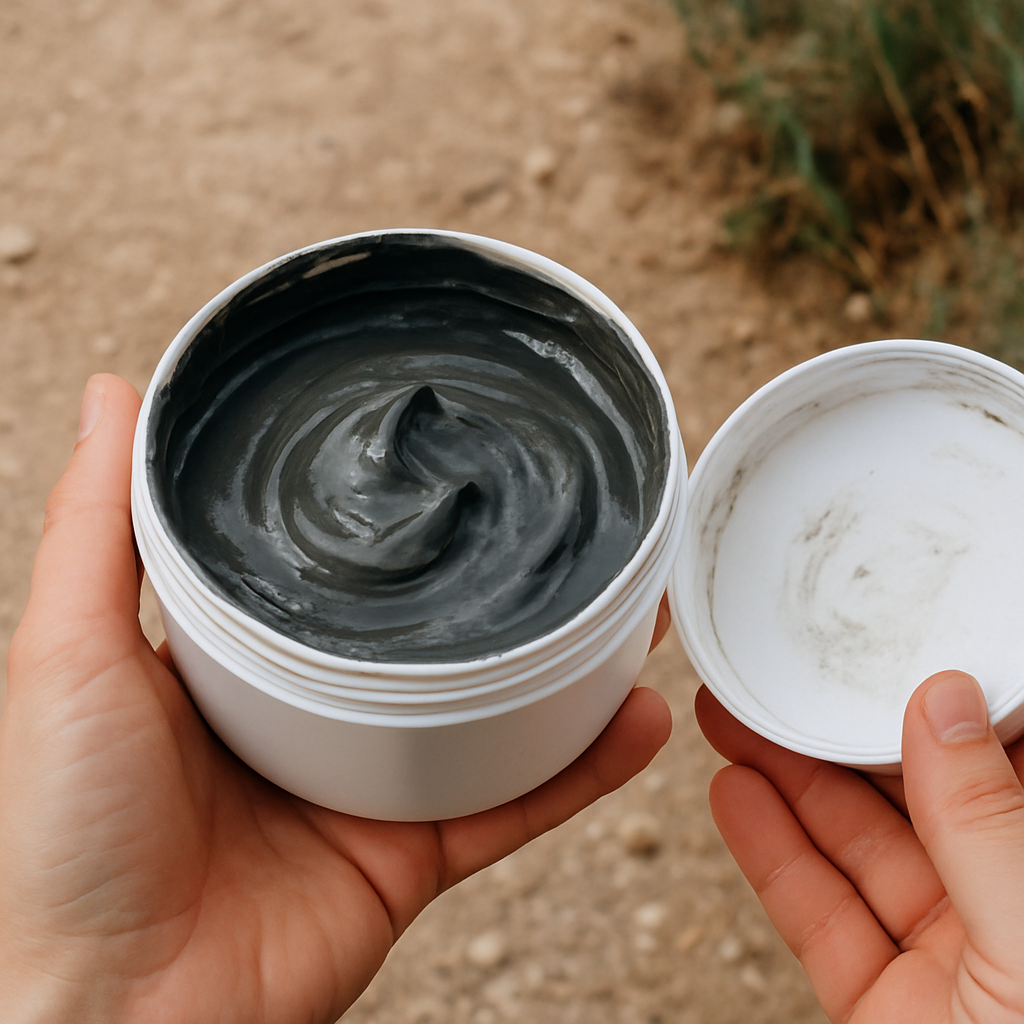
Types of Mud Therapy and Their Uses
There’s not just one kind of mud used for healing. In fact, different types of mud therapy offer different benefits depending on the source and mineral content. Whether you're soaking in volcanic clay or applying a cold black mud wrap, each type targets unique issues — from inflammation to skin troubles to joint pain.
Different Types of Mud Therapy Used in Ayurveda
Ayurveda doesn’t treat all mud the same. It classifies muds based on their texture, origin, temperature, and energetic qualities. Here are a few of the most commonly used:
-
Black mud (peat or moor mud): Rich in organic compounds and humic acid, this mud is often used for detox and joint pain.
-
Volcanic ash clay (bentonite): Highly absorbent and popular in face masks, it draws out deep-seated toxins and is great for acne-prone skin.
-
Fuller's Earth (Multani Mitti): You’ve probably heard of this one. Cooling in nature and great for oily skin, it's commonly used in Ayurvedic facials.
-
Dead Sea Mud: Though not Indian in origin, it’s rich in minerals like magnesium and calcium, making it useful for skin rejuvenation and anti-aging treatments.
So if you're wondering which mud is used for mud therapy, the answer depends on the goal — detox, weight loss, skin healing, or anti-inflammation.
Which Mud Is Used for Mud Therapy Treatments?
The best muds for therapy are typically rich in minerals and free of contaminants. Some spas and clinics import special clay from specific regions, while Ayurvedic centers often prepare herbal-infused muds on-site.
When considering mud therapy treatment, look for mud that is:
-
Sterile and natural (no chemicals or artificial additives)
-
High in minerals like magnesium, silica, sulfur, and iron
-
Ideally sun-dried and aged for better absorption and potency
Pro tip? If you're buying mud online for DIY use, make sure it's cosmetic or therapeutic grade. Don't just scoop up some from your backyard — tempting as that might be.
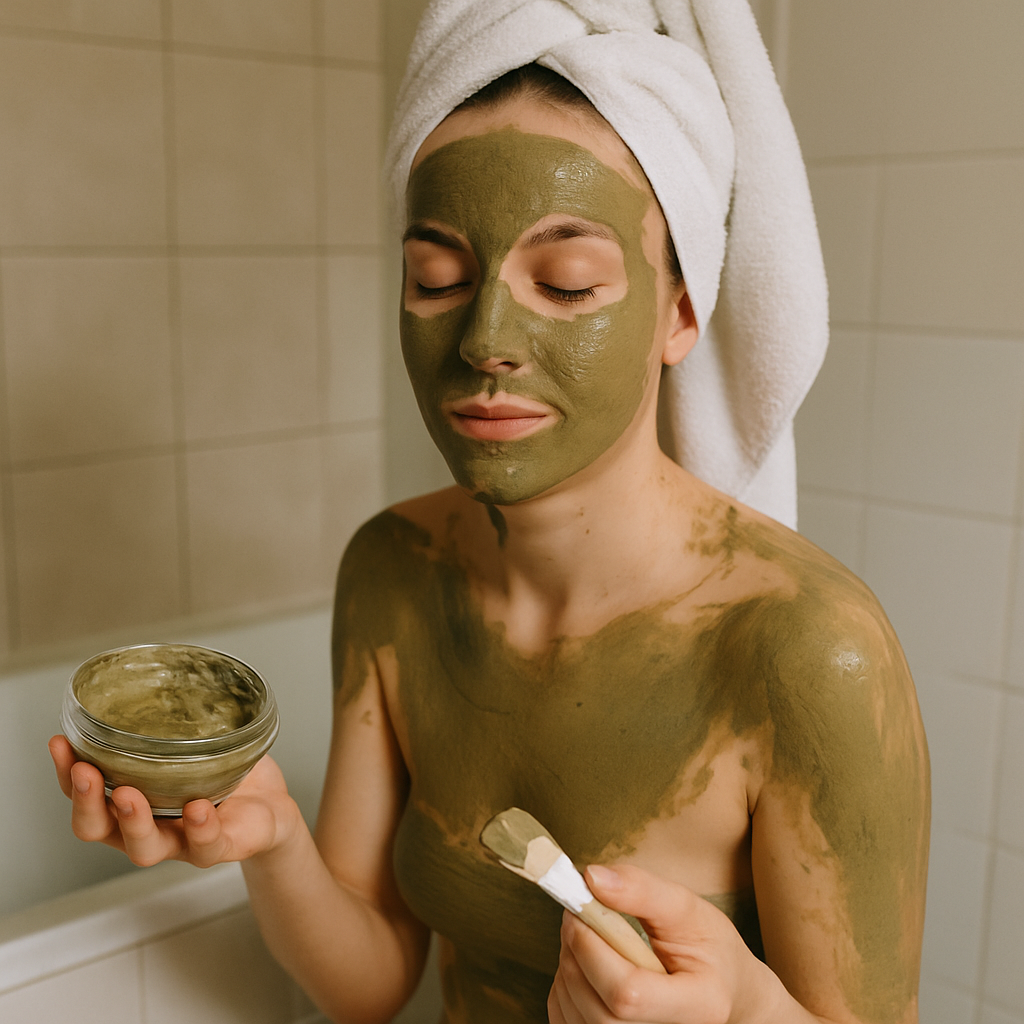
How to Do Mud Therapy at Home Safely
Trying mud therapy at home isn’t just possible — it’s actually kind of fun. With a few basic tools and the right type of clay, you can recreate a spa-worthy treatment right in your bathroom or backyard.
Step-by-Step Mud Therapy at Home for Beginners
-
Choose your mud: Bentonite or Fuller's Earth are good starters. Make sure it’s clean and meant for skin use.
-
Prep the area: Lay down towels or plastic sheets (things will get messy).
-
Mix your mud: Add filtered water or rosewater until you get a spreadable paste. Some people even add essential oils — just a drop or two!
-
Apply it: Use your hands or a brush to spread the mud over the body or a target area like the stomach, back, or joints.
-
Relax: Let it dry for 20–30 mins. You’ll feel a tightening sensation — totally normal.
-
Rinse off: Use lukewarm water and gently pat your skin dry.
Afterward, moisturize or use a herbal oil for best results.
Precautions and Best Practices for Home Mud Applications
While mud is natural, that doesn’t mean it’s risk-free. Some folks with sensitive skin might react to certain clays. Here's what to keep in mind:
-
Do a patch test first, especially if it’s your first time.
-
Don’t use mud on broken or infected skin.
-
Avoid cold mud packs in winter unless recommended by a practitioner.
-
Stay hydrated before and after the treatment, especially during full-body wraps.
And one more thing: don't overdo it. A couple of times per week is plenty for most people. More isn’t always better!
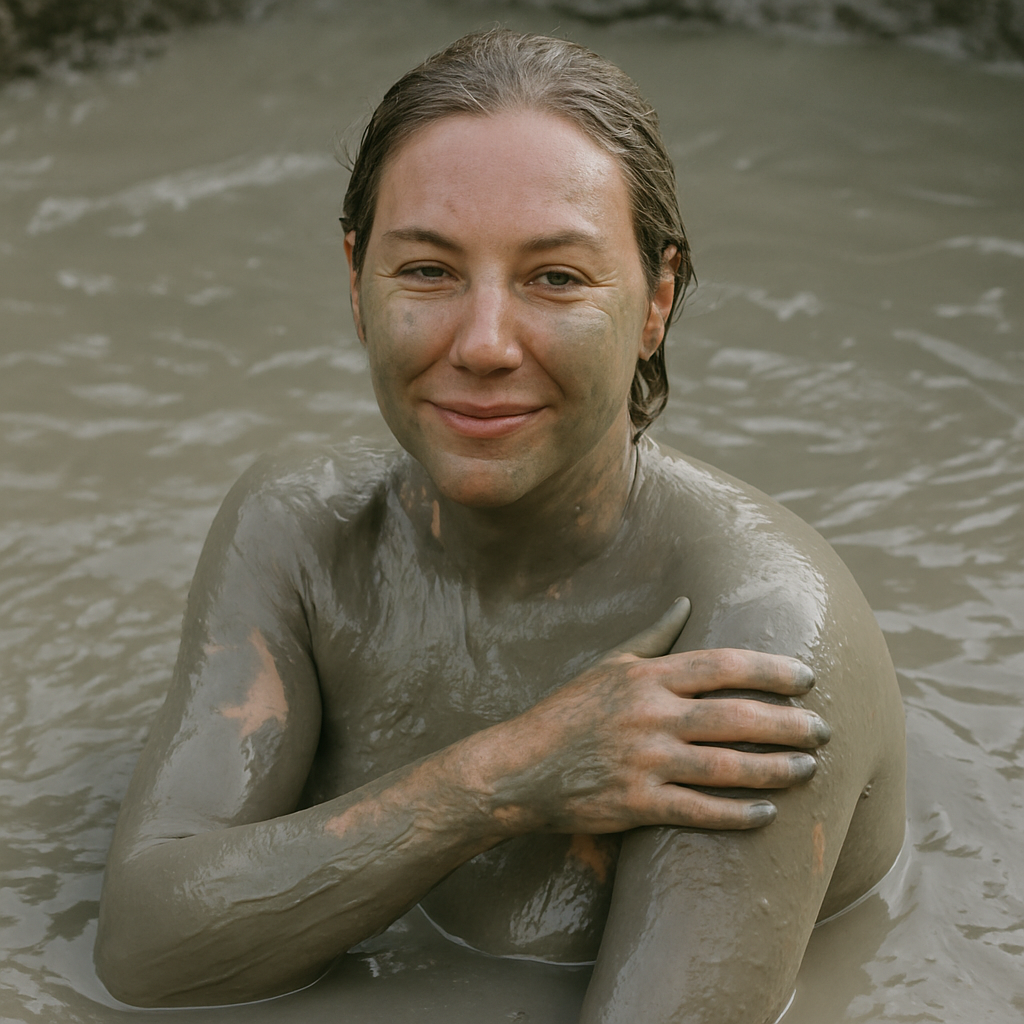
Mud Bath Therapy: Full-Body Detox with Pelotherapy
Now let’s talk luxury — but with a healing twist. Mud bath therapy is one of the most immersive forms of mud treatment, where you literally soak your body in warm mineral-rich mud.
Mud Bath Therapy Benefits and Procedure
Beyond just feeling ridiculously relaxing, mud baths offer some real-deal benefits:
-
Full-body detox: The pores open up, sweat is released, and toxins come out.
-
Improved circulation: The warmth stimulates blood flow, helping oxygen reach tissues.
-
Muscle & joint relief: People with arthritis, back pain, or muscle stiffness often swear by it.
-
Mental calm: There's something primitive and oddly comforting about being covered in earth.
The basic process? The mud is heated to a safe, warm temperature (usually around 40°C), and you lie or sit in it for 20–40 minutes. Then, you're wrapped in blankets or rinsed off in a mineral bath — depends on the spa or center.
Some spas add herbs or salts to the mix for added benefits. Others go the fully Ayurvedic route with herb-infused ayurvedic mud therapy options tailored to your dosha.
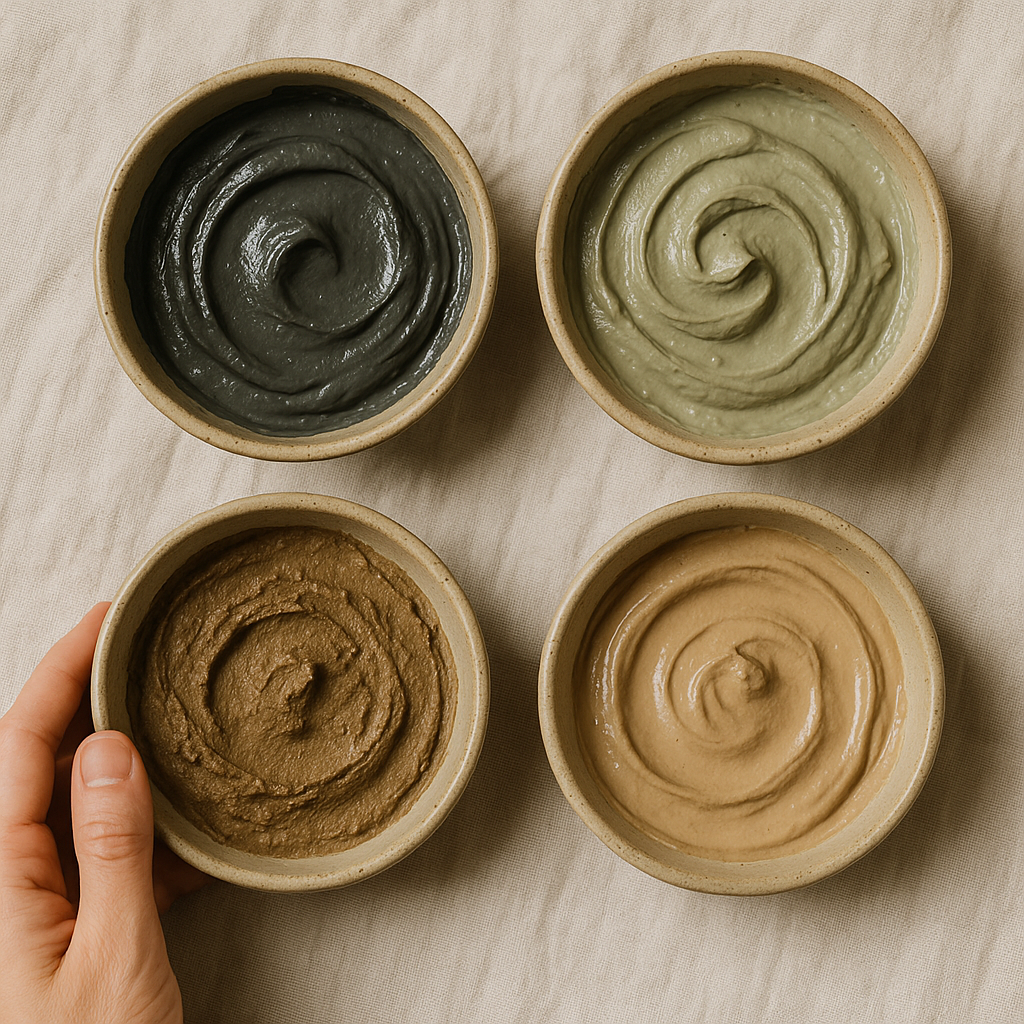
Mud Therapy Treatment in Ayurvedic Practice
In Ayurveda, healing is never just about symptoms. It’s about restoring balance — mind, body, and spirit. Mud therapy in Ayurveda fits this perfectly. The earth element (Prithvi) is considered grounding, stabilizing, and detoxifying, which makes mud a powerful medium in Ayurvedic treatments.
Ayurvedic Mud Therapy for Chronic Conditions
Traditional Ayurvedic practitioners use mud therapy treatment as part of Panchakarma, a cleansing and detox protocol. Warm mud packs are placed on specific body parts to draw out heat (agni), cool inflammation, and improve digestion and energy flow.
For example:
-
Mud packs on the abdomen are used for digestive issues and bloating.
-
Mud applied to the head or eyes (with caution!) can help calm the nervous system and reduce headaches or eye strain.
-
Joint applications are common for conditions like arthritis, sciatica, or swelling.
Ayurveda also emphasizes the timing of treatment. Mud therapy is best done in the cooler parts of the day, and depending on the person’s constitution (dosha), either warm or cool mud may be recommended. It's not one-size-fits-all, which is part of why it works so well when personalized.
Combining Mud Therapy with Other Ayurvedic Treatments
What makes Ayurvedic mud therapy even more powerful is when it's paired with other treatments. For instance:
-
Abhyanga (herbal oil massage) before mud application helps loosen toxins.
-
Steam therapy (Swedana) afterward helps open the channels and flush everything out.
-
Diet and lifestyle adjustments are usually recommended alongside — because hey, slathering yourself in mud won’t fix your stress if you're still doom-scrolling at 2 a.m. (been there).
This integrative approach creates a more sustainable healing process, not just a one-off spa day.
Conclusion
So, what is mud therapy? It’s more than just an earthy indulgence. It’s a time-tested, science-supported, and Ayurveda-approved practice that brings the healing power of the earth directly to your body. From clearer skin to better sleep, from supporting digestion to even helping with weight loss, mud therapy deserves way more credit than it gets.
Whether you’re booking a professional mud therapy treatment or trying mud therapy at home, you’re giving your body a reset. Not a magical fix, but something real and restorative. And let’s be honest, in a world full of synthetic everything, that feels like a breath of fresh air.
Give it a shot. Get a little dirty. Your body might just thank you for it.
FAQs
Can I do mud therapy at home safely?
Yes, absolutely. As long as you use the right type of clean, cosmetic-grade mud and follow basic hygiene and timing practices, mud therapy at home can be very safe and even fun. Just avoid using unknown muds from outdoors — not worth the risk.
Is mud therapy good for weight loss or bloating?
Yes, especially in Ayurveda. Mud therapy for weight loss often includes abdominal packs that improve digestion, reduce bloating, and support lymphatic drainage. It’s not a miracle cure, but it's definitely a supportive therapy.
What are the main types of mud therapy in Ayurveda?
Ayurveda uses various types of therapeutic muds, including black mud, Multani Mitti, and herbal mud blends. These are selected based on the person’s dosha, ailment, and the season.
How often should I do mud therapy for visible benefits?
For most people, 2–3 times per week is enough. If you’re dealing with chronic conditions, your Ayurvedic doctor may recommend a more structured plan. Don't overdo it though; the body needs time to respond.
Are there any side effects or precautions in mud therapy treatment?
Minor ones. Skin irritation or dryness can occur if the mud isn’t suited to your skin type. People with cold-related issues or very sensitive constitutions should avoid cold mud packs. Always patch test new mud products.
This article is checked by the current qualified Dr Sujal Patil and can be considered a reliable source of information for users of the site.

